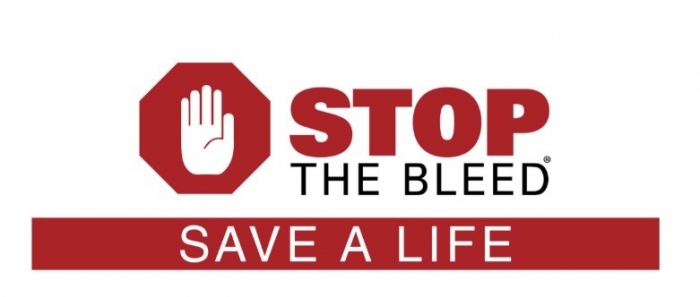The courses listed below are all the training courses we are certified to teach. Although we may not have all of them on our schedule, we can upon request. We are primarily doing CPR classes in Colorado Springs right now, but we will come to you if you have a minimum of six students. Please select from below the CPR Training you need.
You love your pets, and want to give them the best life possible; being equipped to deliver first aid and provide a healthy lifestyle for your pet is the best way to do that.In this course, you will learn the basics of providing first aid care for your cat or dog, and will learn how to best give care for common emergency situations.This 35 minute online course covers understanding your pet’s vital signs, breathing and cardiac emergencies, wounds and bleeding, seizures, and preventative care for cats and dog
First Aid for Severe Trauma (FAST) Online provides participants with the knowledge and skills they need to respond to an emergency involving life-threatening bleeding, including how to recognize a life-threatening bleeding emergency, ensure safety and communicate effectively in an emergency, control life-threatening bleeding using direct pressure, a tourniquet, or both.s
This online course will teach you the signs and symptoms of anaphylaxis and how to care for a person having a severe allergic reaction, including how to administer epinephrine using an auto-injector device.The course, which includes video, activities that reinforce key information and a learning assessment, will take approximately 30 minutes to complete.
“The American Red Cross Advanced Child Care Training Online course teaches the knowledge and skills necessary to responsibly care for children and infants in and outside of the home. This includes training in leadership, child behavior and discipline, professionalism, safety, basic childcare (bottle feeding, holding, etc.). Learners will be engaged in virtual environments in which world-class animated characters respond specifically to choices made.
Designed for those who are at risk for on the job exposure to blood and other bodily fluids in the workplace. The course teaches staff how bloodborne pathogens are spread, how to avoid exposure and what to do if exposed to infectious material. This course is one of the requirements of the OSHA Bloodborne Pathogens Standard. After taking this course, students should talk with their employer about their workplaces specific policies and procedures. Those who complete the training receive a Bloodborne Pathogens
Designed primarily for youth ages 11 and older, this online course will prepare students to be better babysitters. Topics include how to provide care for infants and children; how to stay safe; what to do in an emergency; how to choose age-appropriate activities; and how to recognize and handle a variety of behaviors. Students will also learn the basics of starting a babysitting business. The course consists of six interactive modules featuring video, activities, games and tools babysitters can use to build
The 2021 Child and Baby First Aid/CPR/AED online course equips students with the knowledge necessary to recognize and care for a variety of first aid, breathing, and cardiac emergencies involving children and babies. This course alone is not compliant with OSHA CPR requirements. To receive a valid 2 year Red Cross digital certificate that is OSHA compliant and meets other workplace and regulatory requirements, you must enroll in an Instructor-led skill session within 90 days of completing the online course.
The 2021 Adult CPR/AED online course equips students with the knowledge necessary to recognize and care for a variety of breathing, and cardiac emergencies involving adults. This course alone is not compliant with OSHA CPR requirements. To receive a valid 2 year Red Cross digital certificate that is OSHA compliant and meets other workplace and regulatory requirements, you must enroll in an Instructor-led skill session within 90 days of completing the online course.
The 2021 Adult First Aid/CPR/AED online course equips students with the knowledge necessary to recognize and care for a variety of first aid, breathing, and cardiac emergencies involving adults. This course alone is not compliant with OSHA CPR requirements. To receive a valid 2 year Red Cross digital certificate that is OSHA compliant and meets other workplace and regulatory requirements, you must enroll in an Instructor-led skill session within 90 days of completing the online course.
The 2021 Adult First Aid/CPR/AED online course equips students with the knowledge necessary to recognize and care for a variety of first aid, breathing, and cardiac emergencies involving adults. This course alone is not compliant with OSHA CPR requirements. To receive a valid 2 year Red Cross digital certificate that is OSHA compliant and meets other workplace and regulatory requirements, you must enroll in an Instructor-led skill session within 90 days of completing the online course.

Included for free with any CPR training with some limitations. (May not be done on the same day as other training, only certain instructors are qualified to provide this)